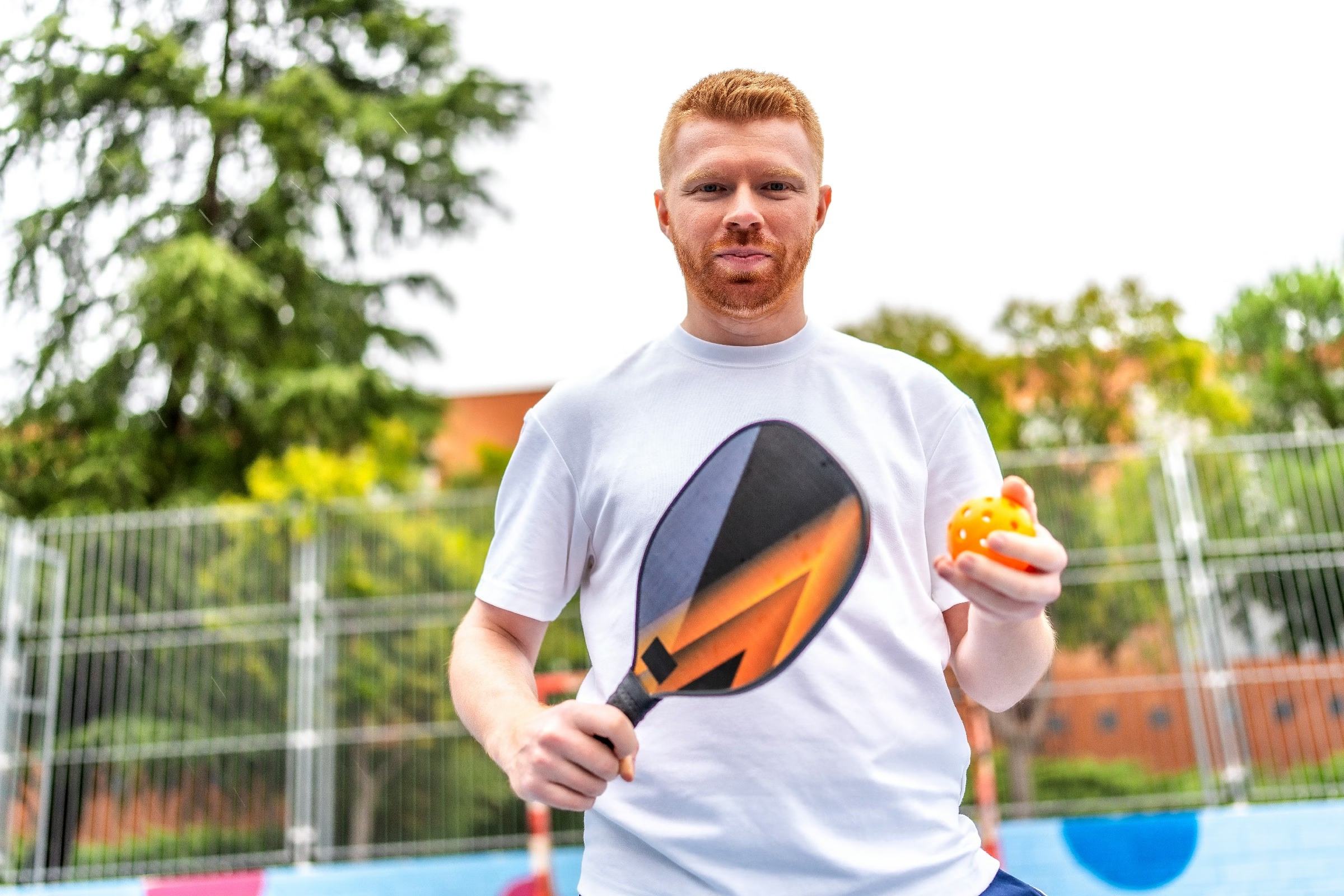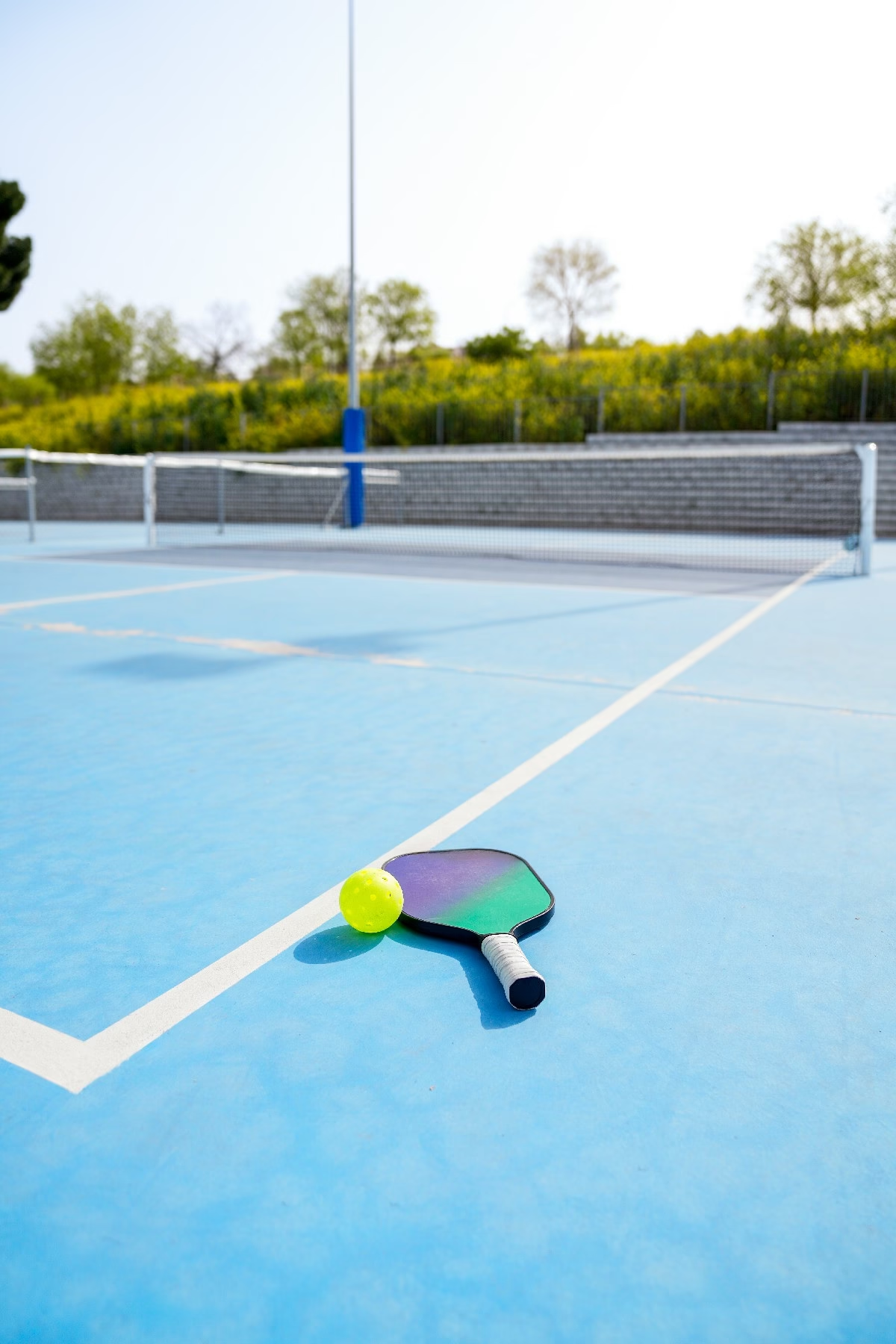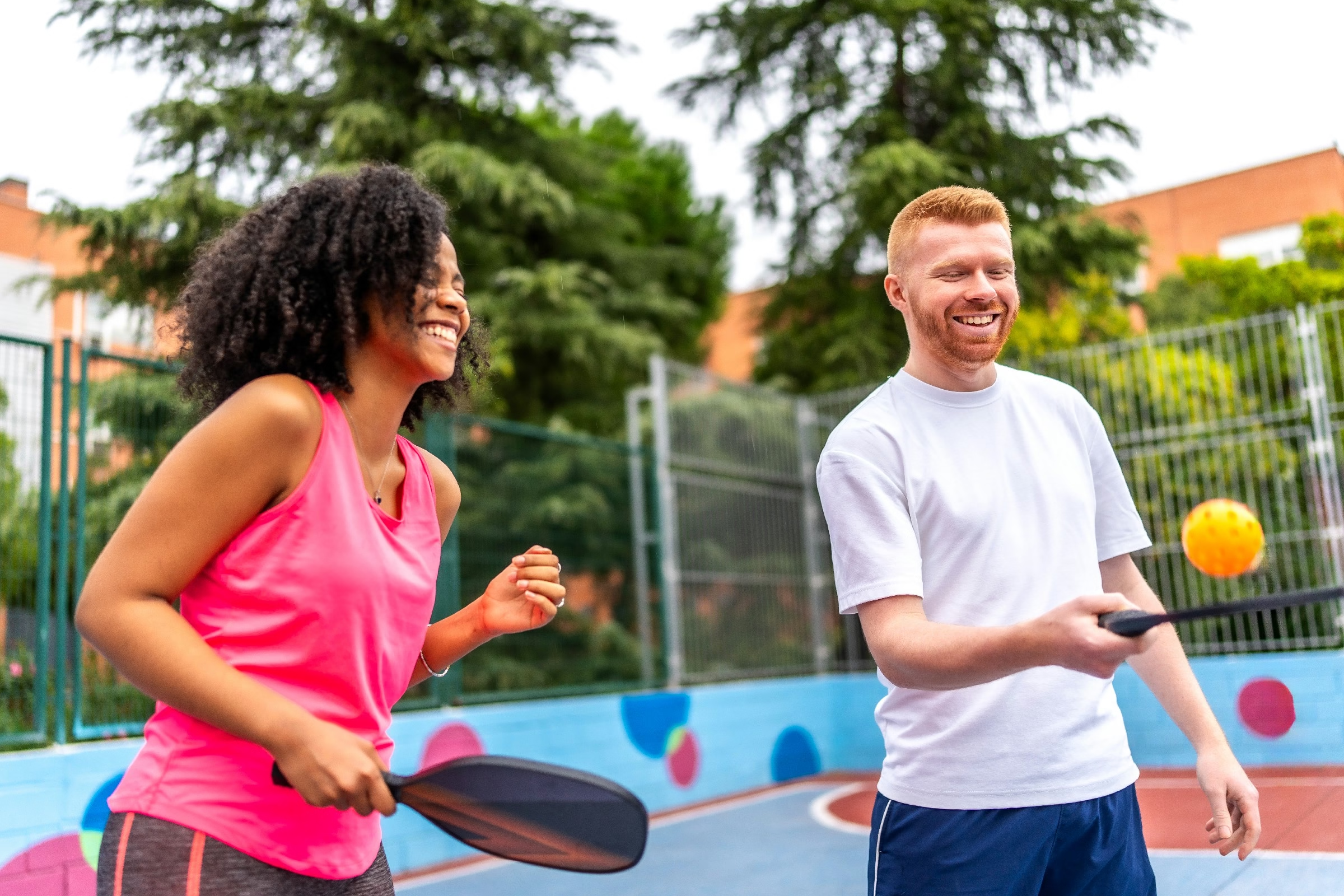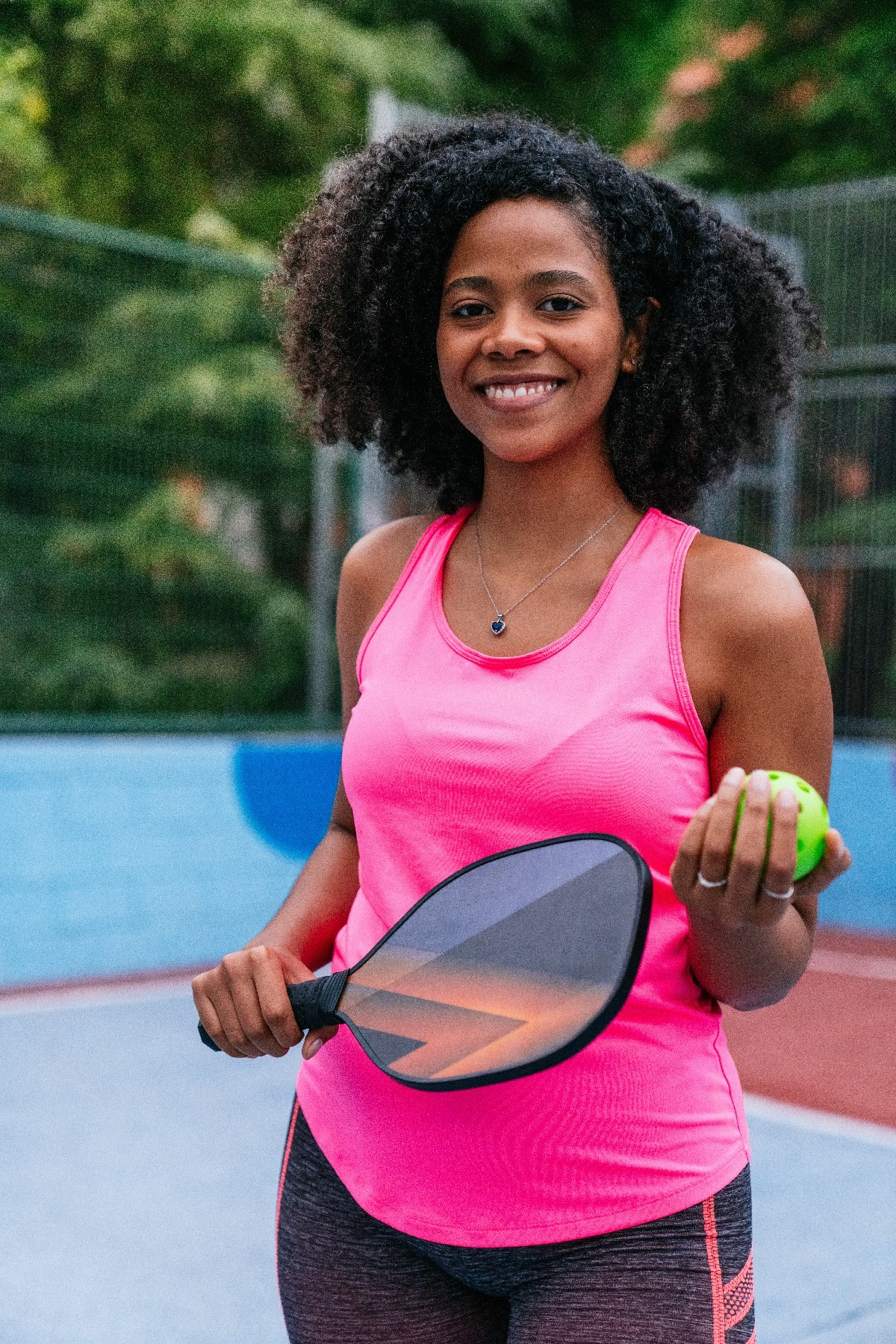Blog
how much does an indoor pickleball court cost

As the popularity of pickleball continues to surge across the United States and beyond, many enthusiasts are considering the possibility of creating their own indoor courts. Whether you’re a casual player seeking a dedicated space for practice or an entrepreneur looking to tap into the booming sports market, understanding the costs involved in building an indoor pickleball court is crucial. From the initial construction expenses to ongoing maintenance and amenities, the financial landscape can be as dynamic as the game itself. In this article,we’ll explore the various factors that influence the cost of an indoor pickleball court,offering insights for prospective players and facility owners alike. Join us as we break down the numbers and help you navigate the path to your very own pickleball paradise.
Table of Contents
- Understanding the Price Range of Indoor Pickleball Courts
- Key Factors Influencing Construction Costs
- Comparing Flooring Options: cost and Performance
- Essential Amenities and Their Impact on Budget
- Maintenance Requirements and Long-term Expenses
- Financing Options and Grants for indoor Sports Facilities
- Q&A
- To Wrap It Up
Understanding the Price Range of Indoor Pickleball Courts
When considering the cost of indoor pickleball courts, there are several factors that come into play, influencing the overall pricing structure. Generally,prices can vary significantly based on location,quality of facilities,and amenities offered. Common factors affecting the price include:
- Geographic Location: Courts in urban areas may charge higher rates due to increased demand and operational costs.
- Surface Material: The type of flooring—such as, hardwood versus synthetic—can impact the cost significantly.
- Facility Size: Larger venues may have different pricing models compared to smaller, community-focused courts.
- Membership options: Many facilities offer membership plans that can reduce the per-use fee.
While private courts might offer exclusive use but at a higher price, public facilities typically provide cheaper alternatives. A fast survey of local facilities might reveal costs that range from $10 to $30 per hour for court rental. For those who are interested in joining a pickleball club, an annual membership can range from $200 to $700, providing unlimited access and other recreational activities. Below is a breakdown of average costs at various venues:
| Type of Facility | Cost Per Hour | Membership Cost (Annual) |
|---|---|---|
| Community Center | $10 - $15 | $200 - $300 |
| Private club | $20 - $30 | $500 – $700 |
| Sports Complex | $15 – $25 | $300 – $500 |
Understanding these price ranges is crucial for prospective players, whether you are looking to book a court for occasional games or considering a more committed approach with annual membership. By weighing the costs against the features and benefits of each option,you can make an informed choice that aligns with your budget and playing preferences. Additionally, it’s wise to keep an eye out for special promotions or community events that can further reduce costs while promoting the sport.
Key Factors Influencing Construction Costs
When evaluating the expenses associated with constructing an indoor pickleball court, several pivotal elements come into play. location is a primary factor, as construction costs can vary dramatically based on regional labor rates, land prices, and material availability. Urban areas tend to have higher overheads including permits and zoning regulations compared to rural locations,which may offer cheaper land costs but could present challenges in logistics and materials transportation.
The choice of materials and construction techniques also significantly influences the overall budget. For instance, selecting premium flooring appropriate for pickleball can enhance playability but may lead to increased costs. Similarly, building features such as climate control, lighting systems, and spectator seating can further elevate expenses. Additionally, opting for environmentally sustainable materials and energy-efficient solutions may incur higher upfront costs but can lead to long-term savings through reduced energy bills.
| Cost Factor | Impact on Budget |
|---|---|
| Site Readiness | High |
| Building Materials | Moderate to High |
| Labor Costs | Variable |
| Permits/Fees | Varies by Location |
| Equipment installation | moderate |
Lastly, the scope of the project, including size and design complexity, plays a crucial role in determining the final price tag. A standard court may range in cost from basic layouts to specialized designs incorporating spectator areas or additional sports facilities. Customization options can vary widely, where opting for unique architectural features could substantially increase costs. Therefore, it is essential for potential investors to fully assess their goals and requirements before embarking on the construction journey.
Comparing Flooring Options: Cost and Performance
when considering flooring options for an indoor pickleball court, it’s essential to evaluate both cost and performance. Different materials not only vary in price, but they also offer distinct playing experiences. Common choices include wood, synthetic surfaces, rubber, and vinyl. Each material impacts gameplay, player comfort, and maintenance needs uniquely. Hear’s a brief overview of these popular options:
- Wood: Frequently enough favored for its aesthetic appeal and traditional feel, wood flooring generally costs between $5 and $8 per square foot. It offers excellent performance but challenges in maintenance and can be susceptible to humidity.
- synthetic Surfaces: Typically made from materials like polyurethane, these can range from $3 to $6 per square foot. They provide good durability and consistent performance while also being easier to maintain.
- Rubber: Costing around $2 to $5 per square foot, rubber flooring offers great shock absorption and is ideal for multi-sport facilities. Though, it may not provide the same level of ball response as wooden surfaces.
- Vinyl: A more economical option at $2 to $4 per square foot, vinyl is resistant to moisture and offers a low-maintenance surface. While it performs well for recreational play, it may not replicate the true feel of traditional wood.
To help you make an informed decision,you can compare the following performance attributes associated with each flooring option:
| Flooring Type | Cost per Sq Ft | Durability | Maintenance |
|---|---|---|---|
| Wood | $5 – $8 | High | Moderate |
| Synthetic | $3 - $6 | Very High | Low |
| Rubber | $2 – $5 | High | Low |
| Vinyl | $2 - $4 | Moderate | Very Low |
Ultimately,the best flooring option for your indoor pickleball court will depend on your budget and the level of play you anticipate. Players looking for a professional-grade experience might lean towards wood for its superior performance, while those prioritizing budget and maintenance might find synthetic or rubber options to be more appealing without sacrificing too much in gameplay. Evaluate these considerations to strike a balance between cost and performance for your specific needs.
Essential Amenities and Their Impact on Budget
When planning the construction of an indoor pickleball court, various essential amenities must be taken into account, as they significantly influence overall costs. These amenities not only enhance the player experience but also affect maintenance and operational expenses.Some of the key features to consider include:
- Lighting: Proper illumination is crucial for a high-quality play experience. LED lighting systems, while initially expensive, can reduce energy costs in the long run.
- Climate Control: Heating and cooling systems ensure year-round playability. Variables such as insulation quality and HVAC efficiency directly impact budget allocations.
- Flooring: The choice of flooring material can vary in price, yet affects not only safety but also the longevity of play. Options like cushioned vinyl or wood can enhance player comfort and minimize injury risks.
Additional amenities like soundproofing, seating, and restrooms can also contribute to the overall investment necessary for a fully functional indoor pickleball facility. The cost vs. value trade-off is an vital consideration, as facilities with well-thought-out amenities can attract more players, leading to higher revenue potential.It’s worthwhile to evaluate the return on investment for each amenity against its upfront cost.A breakdown of potential amenities and their average costs can be encapsulated as follows:
| Amenity | Average Cost |
|---|---|
| LED lighting | $5,000 - $15,000 |
| Climate Control | $10,000 - $30,000 |
| High-quality Flooring | $8,000 – $20,000 |
| soundproofing | $2,000 - $7,000 |
the integration of essential amenities within an indoor pickleball court project should be carefully strategized to balance initial construction costs with the long-term benefits they provide. Investing wisely in these areas can lead to enhanced satisfaction for players and a sustainable business model. Ultimately, the right mix of features can transform a basic court into a premier destination for pickleball enthusiasts, ensuring both enjoyable gameplay and financial viability.
Maintenance Requirements and Long-term Expenses
Owning an indoor pickleball court involves more than just the initial construction costs; it requires ongoing maintenance to ensure a safe and enjoyable playing habitat. Regular upkeep is crucial and typically includes:
- Floor maintenance: Over time, the court surface may accumulate dirt or wear down, requiring periodic refinishing to maintain proper traction.
- Net and post replacement: Nets may need to be replaced or adjusted regularly to ensure they remain at the proper height and tension.
- Cleaning and sanitization: Regular cleaning of the facility, including sweeps and sanitization of common areas, helps keep the environment safe and welcoming for players.
Beyond basic maintenance, long-term expenses can play a notable role in the overall cost of ownership. Consider the following recurring expenses that you may encounter:
| Expense Type | Estimated Cost (Annual) |
|---|---|
| Floor Resurfacing | $2,000 |
| Net Replacement | $150 |
| Cleaning Supplies | $500 |
| Utilities (Electricity,Water) | $3,000 |
Taking into account these will not only help in budget planning but also ensure that your indoor pickleball court remains a top-notch facility for players. Investing in quality materials and diligent care can significantly extend the life of your court, creating a better experience for all who use it. With these considerations in mind, potential owners can appreciate the full financial landscape of maintaining a dedicated pickleball space.
Financing Options and Grants for Indoor Sports Facilities
Q&A
Q&A: Understanding the Costs of Building an Indoor Pickleball Court
Q: What are the key factors that influence the cost of building an indoor pickleball court?
A: The cost of building an indoor pickleball court can vary significantly based on several factors. These include the size of the court, materials used for flooring and walls, lighting, ventilation, and any additional amenities such as seating and locker rooms. Location also plays a critical role; constructing a court in an urban area may be more expensive than in a rural setting due to labor and material costs.
Q: On average, what is the total cost to construct an indoor pickleball court?
A: On average, constructing an indoor pickleball court can range from $25,000 to upwards of $100,000. This estimate largely depends on the quality of materials chosen and the scope of the project.For a basic, no-frills setup, you may find the cost on the lower end, while a high-end facility with premium features could lead to a much higher investment.
Q: Are there ongoing costs associated with maintaining an indoor pickleball court?
A: Yes, maintaining an indoor pickleball court involves ongoing costs. These can include utilities, such as electricity and heating, routine maintenance for flooring and lighting, insurance, and staffing (if the court is part of a larger facility). Additionally, if you host tournaments or clinics, there could be costs associated with promotions and event organization.
Q: Can anyone build an indoor pickleball court, or are there specific requirements?
A: While anyone can technically build an indoor pickleball court, there are specific considerations to keep in mind. First, zoning laws and building permits must be reviewed to ensure local regulations are met. Additionally, the space should be sufficient for the court dimensions (20 feet wide by 44 feet long for doubles) and provide adequate ceiling height for play. It’s advisable to consult with a contractor experienced in sports facility design to help navigate these requirements.
Q: What options exist for those who may not want to build a court from scratch?
A: For individuals or organizations hesitant about a full construction, there are alternatives. You can consider renting space in existing gyms or recreation centers that offer pickleball. Some community centers have multi-purpose courts that can be adapted for pickleball use. Additionally, modular or portable court systems can be set up in large indoor spaces, providing flexibility without the permanence of construction.
Q: How can I maximize my investment if building an indoor pickleball court?
A: Maximizing your investment can be achieved through strategic planning and design. Consider incorporating multi-use functionality, allowing the court to serve other sports or activities. Investing in quality materials and energy-efficient systems can reduce long-term maintenance costs. Additionally, creating a welcoming environment with features like comfortable seating and refreshments can enhance user experience, ultimately driving more traffic and revenue to the facility.
Q: Is it possible to find funding or sponsorship for building an indoor pickleball court?
A: Yes, there are various avenues to explore for funding or sponsorships. Many local sports organizations, pickleball associations, and even private investors may be interested in supporting community-based initiatives. creating a detailed proposal outlining the benefits of the court to the community can be persuasive in securing sponsorship. Additionally, crowdfunding platforms can be utilized to gather interest and financial backing.
Q: What is the future outlook for indoor pickleball courts?
A: The future of indoor pickleball courts looks promising as the sport continues to grow in popularity. As more individuals seek indoor play options year-round, the demand for dedicated facilities is expected to rise. This growth could encourage investors and developers to consider building new courts or repurposing existing spaces, contributing to a thriving pickleball community.
By understanding the costs and logistics of building an indoor pickleball court, aspiring developers and players can make informed decisions that align with their objectives and budget.
To Wrap It Up
the journey to building your very own indoor pickleball court is as exciting as the game itself! While the initial investment can vary widely based on factors such as location, materials, and design choices, understanding the components that contribute to the overall cost can definitely help you make informed decisions. Whether you envision a state-of-the-art facility or a simple, functional space for recreational play, being aware of both the financial and practical aspects ensures that your pickleball dreams are well within reach. With research, careful planning, and a dash of creativity, you can transform your vision into reality and enjoy the exhilarating sport of pickleball all year round. Now, grab your paddles and get ready to serve up some fun!












